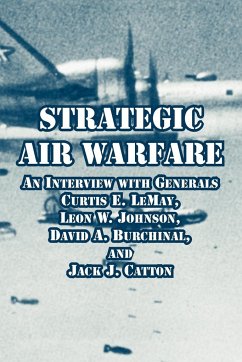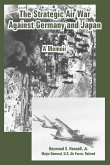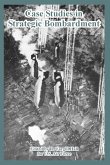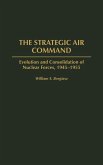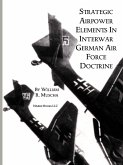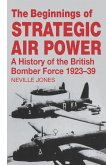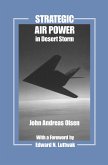Early in June 1984 some thirty-five of the retired four-star generals of the United States Air Force gathered in Washington, D.C., for the annual Senior Statesmen Conference. Each year since the early 1960s the Air Force has invited its retired four-star generals to Washington. From that group in 1984, the Office of Air Force History invited four general officers -Generals Curtis E. LeMay, Leon W. Johnson, David A. Burchinal, and Jack J. Catton- to participate in a group oral interview on the history of strategic air warfare. They accepted and on June 15, 1984, at Bolling Air Force Base, the four discussed for nearly three hours the development and evolution of strategic air warfare. Because the session ended without time for a discussion of the Cuban Missile Crisis and the Vietnam War, the four conferred again, this time by telephone, to discuss these and other issues not considered earlier. This interview was the third in a series begun by the Office of Air Force History with the "senior statesmen," the first in 1982 covering air superiority in World War II and Korea, the second in 1983 discussing the type of aerial interdiction used in World War II, Korea, and Vietnam. The purpose of the interview was to have the air commanders meet in an informal setting and discuss the development of strategic air employment as a form of warfare. The hope was that in the course of the discussion these men, who had served together for many years and undergone common experiences, might stimulate each other to remember facts and events that have otherwise gone unrecorded, and to flesh out the record with fuller explanations of motives and the reasoning behind great occurrences. The result was beyond our expectations, for almost immediately the four generals began interviewing each other, reminiscing at times, exchanging ideas, questioning circumstances, and recalling motives and objectives clear at the time of decision but clouded over by the passage of time. Often a single question led to four or five others generated from within the group. At one point when they were discussing atomic warfare and the creation of the Strategic Air Command, General LeMay leaned forward and said quietly to General Johnson, "Let me tell you what I was trying to do...." The Strategic Air Command was but one of many issues discussed. Beginning with preparations for World War I1 and the concepts underlying planning, training, and equipping American air forces for the strategic bombing of Germany and Japan, the participants explained their roles: in the war in flying and commanding bombing missions and campaigns; in creating the atomic air forces in the immediate postwar years; in building and molding the Strategic Air Command in the 1950s; in advising and making decisions during the Cuban Missile Crisis; and in leading and observing the Air Force during the limited war in Southeast Asia.
Hinweis: Dieser Artikel kann nur an eine deutsche Lieferadresse ausgeliefert werden.
Hinweis: Dieser Artikel kann nur an eine deutsche Lieferadresse ausgeliefert werden.
